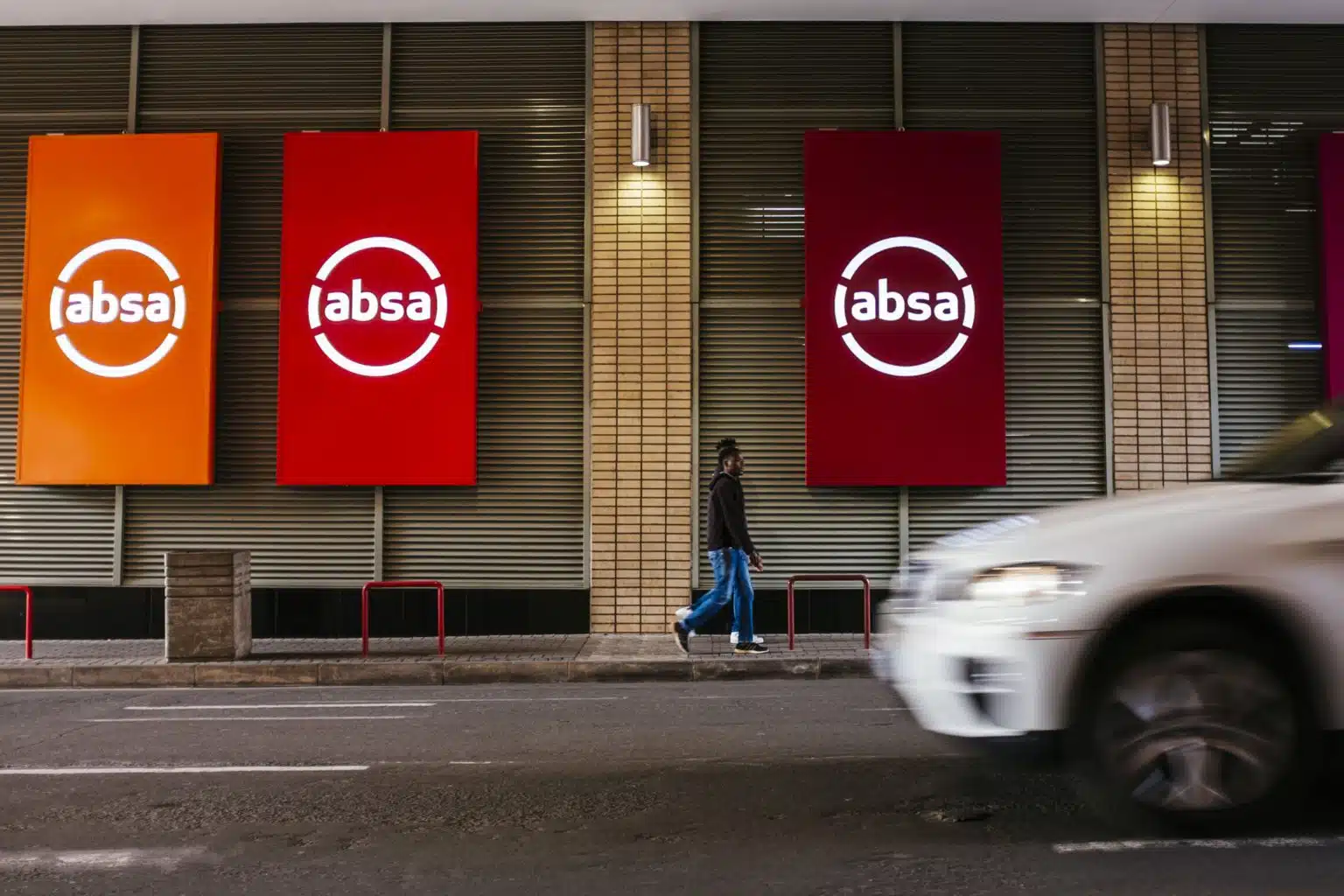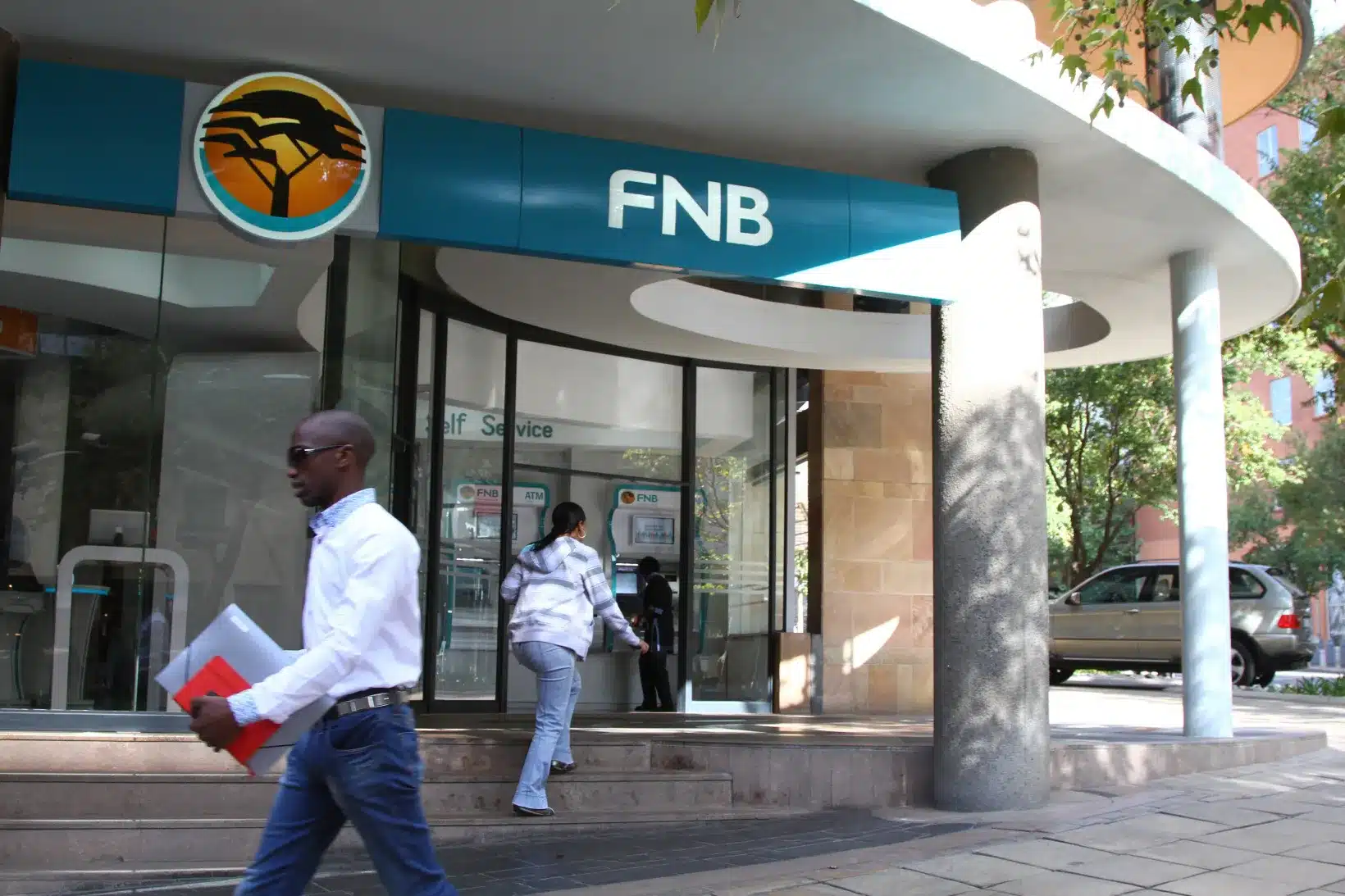Absa Bank Ghana has recorded its highest first-quarter profit in nearly a decade, with gross earnings up over 44% in Q1 2025.
This strong growth is reflected across key financial indicators, demonstrating the bank’s solid performance amid a challenging economic landscape.
The lender’s latest financials show that profit after tax rose from $23.3 million in Q1 2024 to $36.6 million in Q1 2025.
This was largely driven by stronger interest income, which rose to $66.8 million from $55 million.
However, interest expenses also climbed, increasing to $14.9 million, leading to net income of $51.8 million, up from $40 million in the previous year.
Absa’s record profit coincided with a strong balance sheet expansion, as total assets climbed to $2.2 billion, an increase from $1.7 billion in the same period last year.
This jump was supported by a 34% rise in revenue, driven by a 19% increase in customer lending and a 16% growth in deposits, highlighting the bank’s ability to expand its business and attract new customers despite rising economic pressures.
Furthermore, Absa’s loan and advances to customers increased to $595.3 billion from GHS 6.3 billion, while its non-performing loan (NPL) ratio improved marginally to 14.9%, down from 15.8% in the previous year.
Despite the rise in loans, the lower NPL ratio suggests effective risk management, a critical factor given the bank’s increased exposure to lending.
The bank’s capital adequacy ratio of 23.9% remains the highest among Tier 1 banks in Ghana, indicating strong financial stability and the ability to absorb potential shocks in the market.
While the overall performance was strong, Absa’s results also reflect the broader challenges faced by the banking sector.
The sharp decline in Treasury bill rates, coupled with the Domestic Debt Exchange Program (DDEP), has forced banks to adjust their strategies.
Absa’s loan-to-deposit ratio, the highest among its Tier 1 peers, suggests a continued focus on optimising the balance between lending and investments in government securities.
The Q1 2025 results show that while the bank has made robust strides in expanding its books and profitability, it continues to navigate a complex financial environment.








